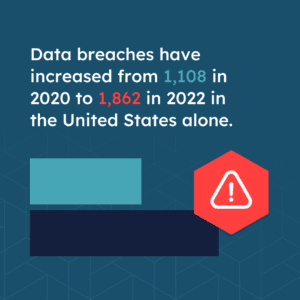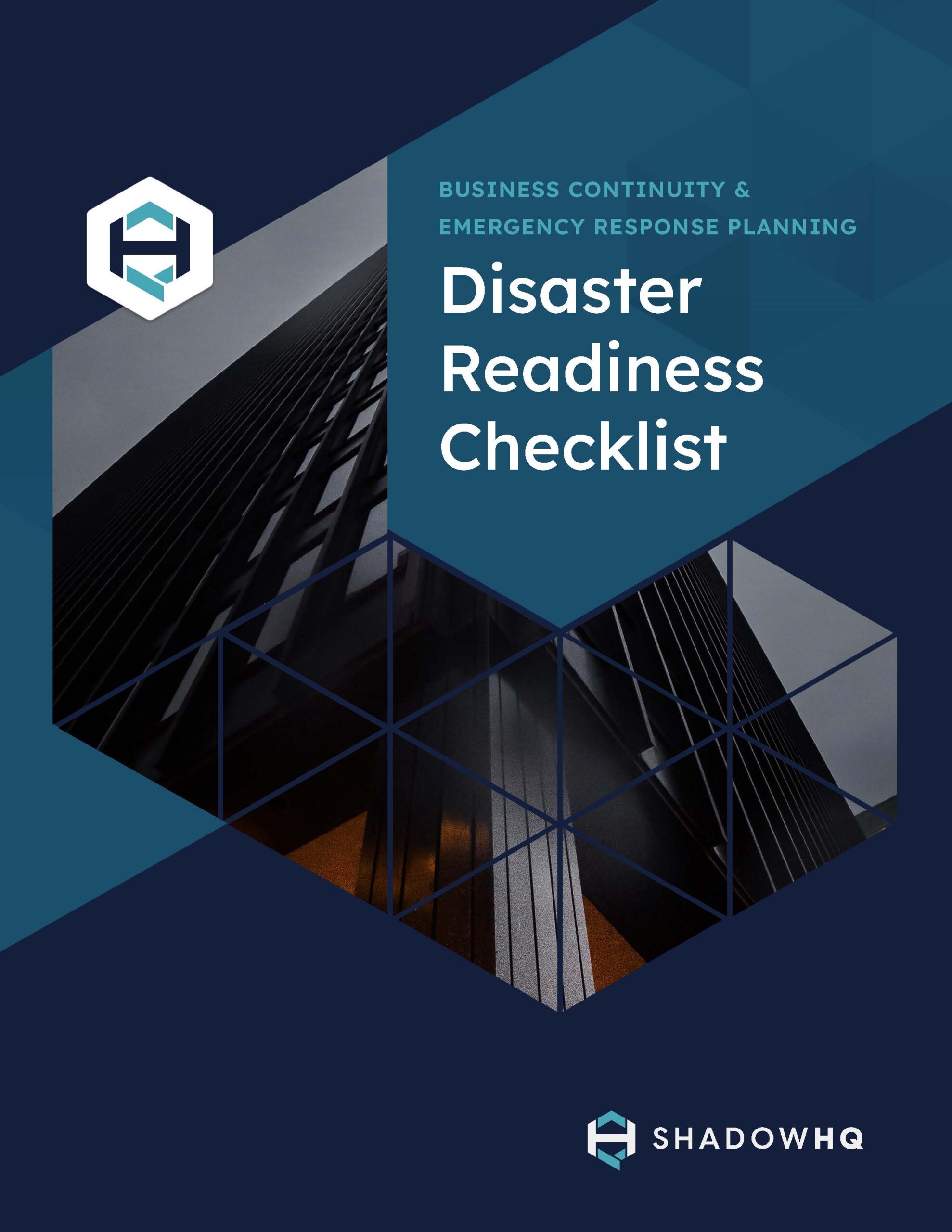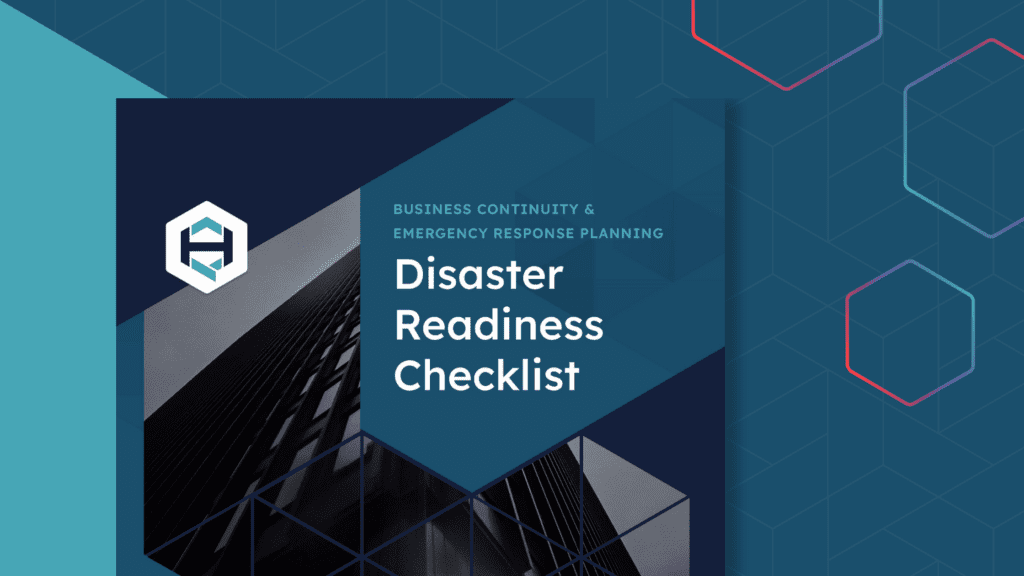Why Incident Response and Crisis Management Belong to the CISO

Incident response and crisis management is mission critical as data breaches, natural disasters, and other unforeseen events are becoming increasingly common. Data breaches have increased from 1,108 in 2020 to 1,862 in 2022 in the United States alone. Looking back further, in 2015, there were only 785 data breaches.
Natural disasters may also be more frequent in specific areas, and the COVID-19 pandemic highlighted the importance of being prepared for unforeseen events.
How can organizations address emerging incidents that threaten business continuity? Crisis management and incident response best practices aim to keep organizations ready to respond to any disruptive event.
The Chief Information Security Officer (CISO) is generally responsible for incident response and crisis management programs. Other roles, such as CTOs and CIOs, take a different approach and have other responsibilities that are related to security, but CISOs take charge of preventing, mitigating, and responding to incidents at an organization-wide level.
Why is this role typically in charge of these critical programs? For CISOs reading this blog, we’ll offer up tips to help you optimize your incident response and crisis management programs.
Why CISO’s Own Incident Response
CISOs take charge of crisis management and incident response from a high-level view to prevent breaches and minimize the impact of a crisis. So, let’s explore why CISOs typically own this critical responsibility.
Expertise in Threats, Vulnerabilities, and Mitigation Strategies
CISOs generally reach their position due to extensive experience working in cybersecurity. On top of formal training, they’ve likely worked in the industry in various roles to gain direct experience evaluating, mitigating, and responding to various threats.
This expertise allows them to take an informed, high-level view of information security to manage risk evaluation and mitigation strategies. They’ll also be able to guide the development of crisis management and incident response due to their expertise and holistic view of the organization.
Manage Budget and Resource Allocation
Like other C-suite roles, CISOs must work within defined budgets and allocate resources to achieve stated goals effectively. Failing to meet these goals can spell disaster for infosec, as a single incident that isn’t properly responded to can inflict severe financial and reputational damage.
As such, CISOs need to find cost-effective ways to mitigate risks while also developing robust crisis management plans to respond to any of these risks if they become reality. Having the right people and systems in place, alongside robust incident response plans, is business critical.
Provide Cross-Functional Leadership
Even though CISOs work closely with IT, they aren’t the CTOs. Instead, a CISO works throughout the organization to ensure the holistic security of the entire enterprise’s digital assets.
As a result, they’re able to provide leadership throughout departments not usually associated with security. On the prevention side, this includes employee training in departments such as sales and customer service that are vulnerable to social engineering or phishing attacks.
The CISO can communicate how other departments should proceed if an incident occurs. Incident response plans specific to the given scenario will likely include these details, allowing managers of specific teams to provide effective guidance about how to proceed or interact with the public.
Align Efforts with Business Objectives
Being in the C-suite means the CISO is well aware of overall business objectives and likely contributes to defining them. From there, CISOs can guide infosec efforts, including crisis management and business continuity planning, focusing on current objectives.
As a cross-functional role with expertise in infosec, CISOs are able to make sure all crisis management programs and incident response plans focus on what matters most to the business. While a CTO accomplishes this strictly within the realm of IT, a CISO takes an all-encompassing approach.

CISOs Lead the Team During an Active Crisis
One critical responsibility of CISOs is to take charge of incident responses during an active incident. While preparation before an incident is necessary, having the right leader in place when one occurs is of the utmost importance.
Any business affecting an incident will create stress and tension, and these intensities can affect decision-making, making responses less effective. Ideally, the CISO will have the experience and expertise necessary to maintain a collected mindset and lead response and recovery efforts.
Additionally, having an already-appointed leader during a crisis can go far in aiding recovery efforts. Everyone involved in recovery efforts will already know who’s taking the lead. The CISO also steers efforts to the highest priority tasks and avoids the common pitfalls of diving too deeply into other aspects that do not pertain to incident responses.
For example, root cause analyses often seem necessary but often are not related to immediate response. CISOs help keep everyone focused on business continuity, saving other areas of concern for post-incident review.
CISOs – here are some tips to help you optimize your IR and crisis management efforts:
Overseeing Post-Incident Review
A critical component of crisis management and response is post-incident review. The overall goal of this process is to fully understand the cause of the issue, how it was responded to, and what changes can be made for stronger mitigation or faster resolution.
- Establishing the scope: CISOs often begin post-incident review by defining what will be reviewed during evaluation. Reviewing incidents can often lead to far-reaching conversations that distract from honing in on finding what went wrong, what was great, and how to improve in the future. CISOs dictate the scope and keep everyone focused. And as a CISO, you’ll help everyone work together and operate under a single pane of glass.
- Root cause analysis and overall lessons learned: Fully understanding what enabled the crisis is vital, especially for cyber attacks. From there, changes can be made to create more resilient defenses. Other crises, such as natural disasters, may have a clearer cause, but honing in on how those disasters affected the business must also be understood. CISOs will then be prepared to resolve incidents faster in the future and optimize related processes.
- Implement corrective action: How can the company prevent another similar crisis from occurring? Or better respond if it does? The ultimate goal of post-incident review is to identify what can be done to prevent it or enhance response plans. Keeping this focus in front of mind is a core component of a CISO’s involvement in the process. Understanding these disasters and recovering faster from them will help create a faster path to resolution.
Is Your Company Ready for Its Next Crises?
Business-impacting incidents are increasingly frequent, including data breaches and natural disasters requiring rapid responses. Failure to respond can increase the damage caused by the incident and harm business continuity.
ShadowHQ equips your teams with a secure command center to ensure ongoing communication and collaboration, so your business can get back up and running. Our goal is to enable your teams to be prepared for any scenario that may come your way.
How ready is your business to rapidly respond to crises? We’ve put together a disaster readiness checklist to help you gauge existing initiatives and then implement changes to become more resilient. See if you’re prepared today.
EWEBINAR
Experience the ShadowHQ platform
Walk through a cyber breach scenario in a 15 minute demo.


GUIDE DOWNLOAD
Disaster Readiness Checklist
When an emergency happens, every minute counts.



